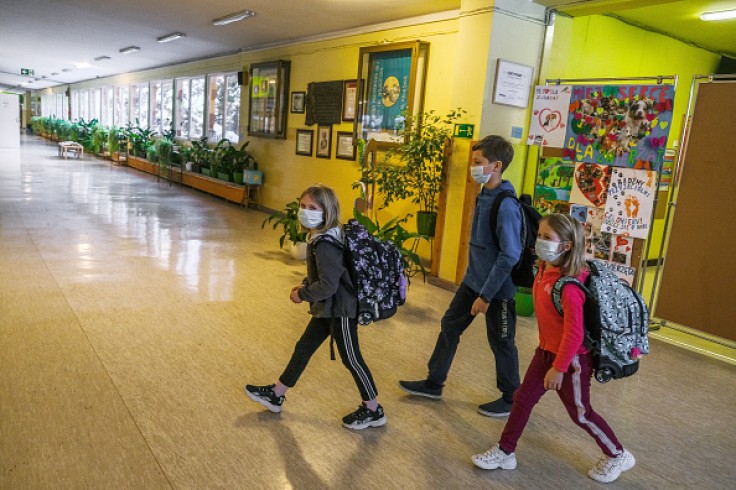
The CDC's most transparent updated guidelines on how classes can safely resume are out, but 99 percent of children in the U.S. live in a county deemed a "red" zone.
The federal agency adopted the four color-coded zones phased approach on identifying the neighborhood transmission level of the county as the basis of qualifying a school reopening.
Dr. Rochelle Walensky, CDC Director, said, "Enabling schools to open and remain open is a shared responsibility," though. Walensky also stressed that it is a must to pursue five primary methods for mitigation for that to happen: Proper mask usage, six-foot social distancing, washing hands, sanitizing facilities, and touch diagnostic tracing.
Walensky said, "I want to underscore that the safest way to open schools is to ensure there is as little disease as possible in the community." That is why they recommended the four color-coded zones to indicate whether schools are eligible to provide in-person learning based on the number of new cases per 100,000 individuals in a district.
UCSF's COVID Emergency Response leader, Dr. Jean Noble, said, "That was a big disappointment."
Zones in CDC school reopening guidelines
The update includes a few key improvements to the previous statement, including color-coded maps separating schools' reopening choices into four zones: blue, yellow, orange, and red.
Low-community coronavirus districts (blue, 0 to 9 new cases per 100,000 in the past seven days) or moderate transmission (yellow, 10 to 49 new cases) are encouraged to consider reopening for complete, in-person learning.
A restricted reopening can still be considered for schools in areas with significant transmission (orange, 50 to 99 new cases per 100,000) as long as school leaders can layer multiple safety measures in the classroom.
As per CDC guidelines, counties with at least 100 new cases of Covid-19 per 100,000 individuals or a test positivity rate of at least 10% over the past seven days is a red zone. With that said, nearly 73 million children, or around 99% of the U.S. population under 18, live in the red area or the state with a "high transmission" environment.
ALSO READ : Concerned About Your Kid's Safety? Google Has Tips for Parents for a Safe Online Experience
Dr. Noble spent months studying COVID transmission in schools, including the two major trials in North Carolina and Wisconsin. She's worried that schools won't make a move to in-person teaching without a mandate. Noble said, following only the primary prevention techniques like masks, physical distance, handwashing, clean facility maintenance, "Our latest studies really show that schools can be operated safely regardless of the amount of COVID circulating in the community. The other big disappointment is there's no mandate here."
Noble added, "Kids were back in school when positivity rates were up to 40 percent, and there were still only seven school-based transmissions over a three-month period."
In the meantime, as concerns intensify over changing COVID variants, Wolensky says that if transmission moves past the red zone, it's possible guidance will alter. She said, "If we get there, we may need to revisit this."
Meanwhile, the CDC encourages teachers and staff to receive vaccines and weekly examinations but does not feel appropriate to reopen.